Inside world’s ‘most depressing city’
It has toxic pollution, acid rain, is dark for six weeks of the year and from time to time its river runs “blood” red. This is the city dubbed “the most depressing on Earth”.
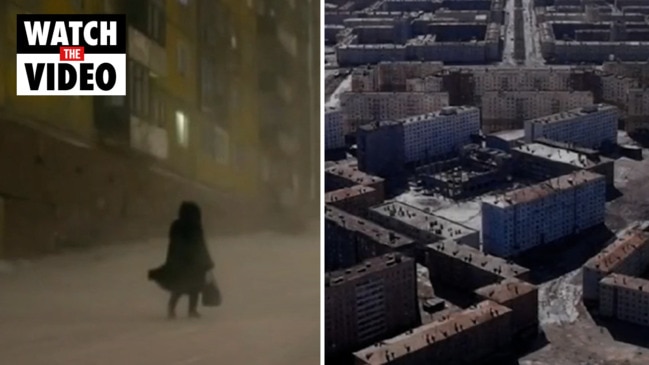
A grim city dubbed “the most depressing on Earth” is so remote it can’t be reached by road and so polluted life expectancy is 10 years lower than the national average.
The most northerly city in the world, the remote Russian mining town of Norilsk is dark for two months of the year and has a truly chilling past, The Sun reports.
Home to 170,000 people, the city in the Krasnoyarsk Krai region of Siberia, eastern Russia, is one of the most remote cities on the planet.
It is closer to the North Pole than it is to the Russian capital – the Pole is 2400km away while Moscow is 2800km – and it is 1500km from its regional capital of Krasnoyarsk.
There are no roads that will take you to Norilsk. One freight railway line runs in and out of the city, and the port city of Dudinka 60km away provides a route to the city by sea – although it is frozen over in the winter.
The city is so cut off that when locals leave they joke that they are “going to the mainland”.
Norilsk only got a proper internet connection in 2017 – until then the city relied on an unreliable satellite link.
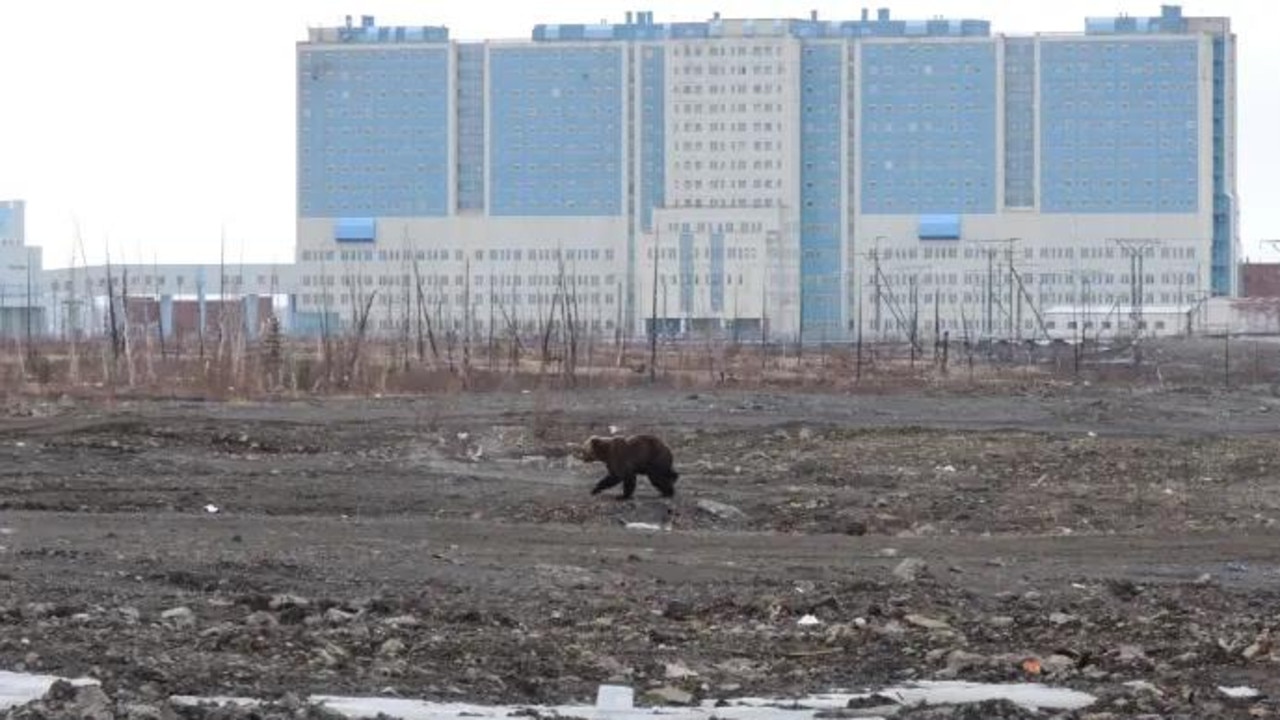
The only year-round way to get to this far-flung corner of Russia is to fly, although even that isn’t easy.
After a more than four-hour flight from Moscow, visitors are greeted by an apocalyptic hellscape built on the site of a Soviet prison camp.
City was site of 18,000 horrific deaths
The modern story of Norilsk begins in the early 20th century when a geologist discovered rich deposits of nickel, copper and cobalt at the foot of the Putorana Mountains.
Norilsk sits on the biggest nickel-copper-palladium deposits on the planet.
In 1936, the USSR began building a huge extraction complex in the mountains using around 500,000 forced labourers from a nearby Gulag.
For 20 years, they worked in the harsh Arctic permafrost, with 18,000 people dying in horrific conditions.
Today, a fifth of the world’s nickel comes from Norilsk and more than half of global palladium, a metal used in car exhausts and jewellery.
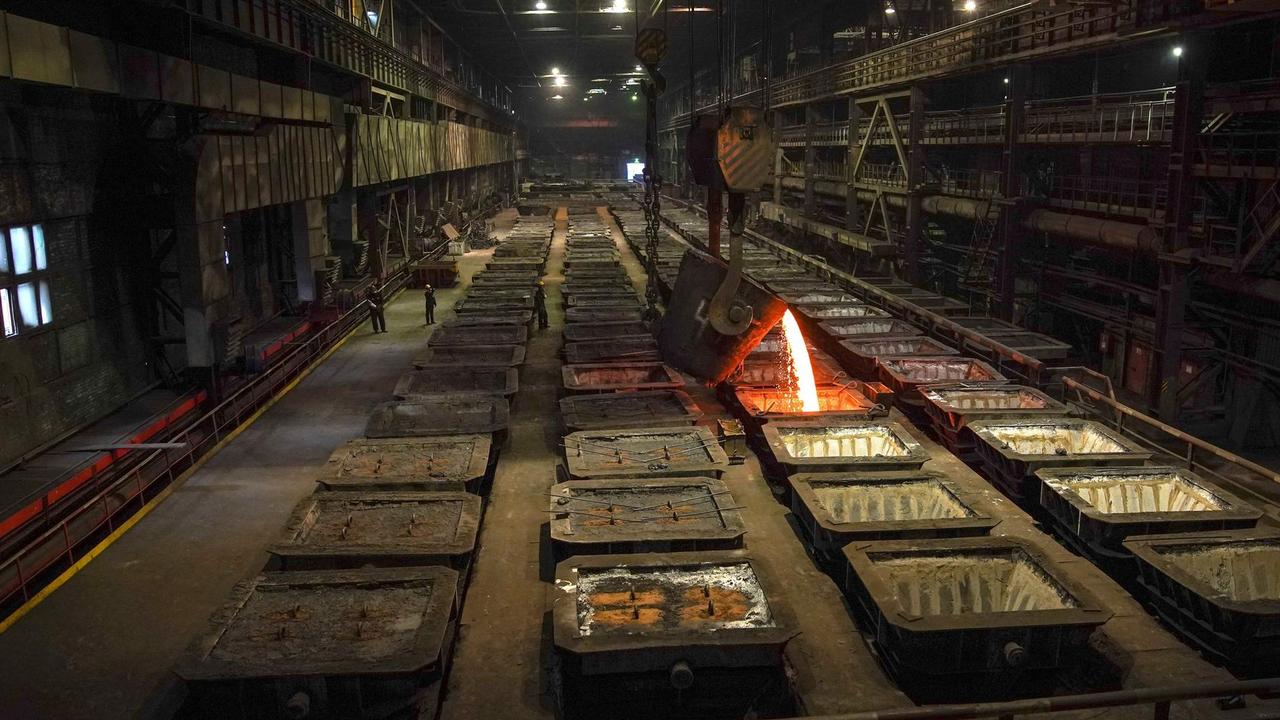
Toxic gas and acid rain
Almost everyone in Norilsk today has a connection to the nickel plant, either being directly employed by Norilsk Nickel or working for one of the many companies which rely on it.
But having such an enormous job creator in the city has come at a terrible cost.
Norilsk today is the most polluted city in Russia, and one of the top-10 most polluted cities on the planet.
Every year, the nickel plant pumps out more than two million tonnes of toxic gas, including sulphur dioxide, nitrogen oxides, carbon, phenols and more.
Around 1 per cent of total global sulphur dioxide emissions come from this one city.
The air is so polluted that many people mine the surface soil for soot because it contains precious minerals.
Not only does this cause acid rain that kills many of the surrounding trees, but it also takes a devastating toll on Norilsk’s inhabitants.
The life expectancy for a worker in Norilsk is just 59 years old, 10 years shorter than the Russian average.
Rates of cancer in the city are also double those of the rest of Russia.
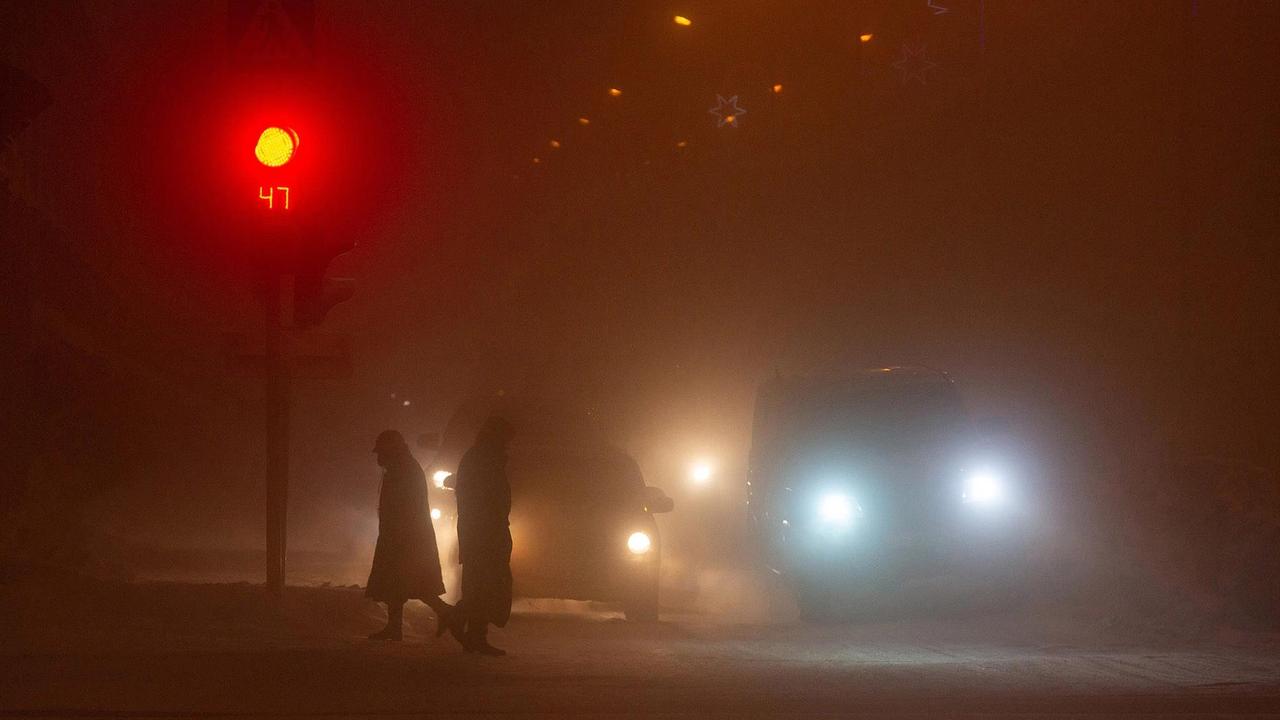
A health study found that rates of blood illness in children are 44 per cent higher in Norilsk compared to an average child in Siberia, while rates of nervous system conditions are 38 per cent higher, and bone and muscle illnesses are 28 per cent higher.
River ‘turns to blood’
In September 2016, the nearby Daldykan river turned blood red in chilling scenes.
No official explanation was given for this terrifying phenomenon, which some locals put down to a “message from God about an impending world war”.
The more likely reason given was a run-off at the nearby smelting plant.
Reported former factory worker Evgeny Belikov was quoted by ABC News as saying that a reservoir close to the plant was a similar colour and known as “The Red Sea” by staff.
“In the winter, the snow is also red,” he is claimed to have said. “On the one hand, it’s beautiful, but on the other it’s chemical.”
A company spokesman said at the time: “The Polar Division of Norilsk Nickel does not confirm a leak of emergency discharge of industrial waste into the Daldykan River which could have affected its state.
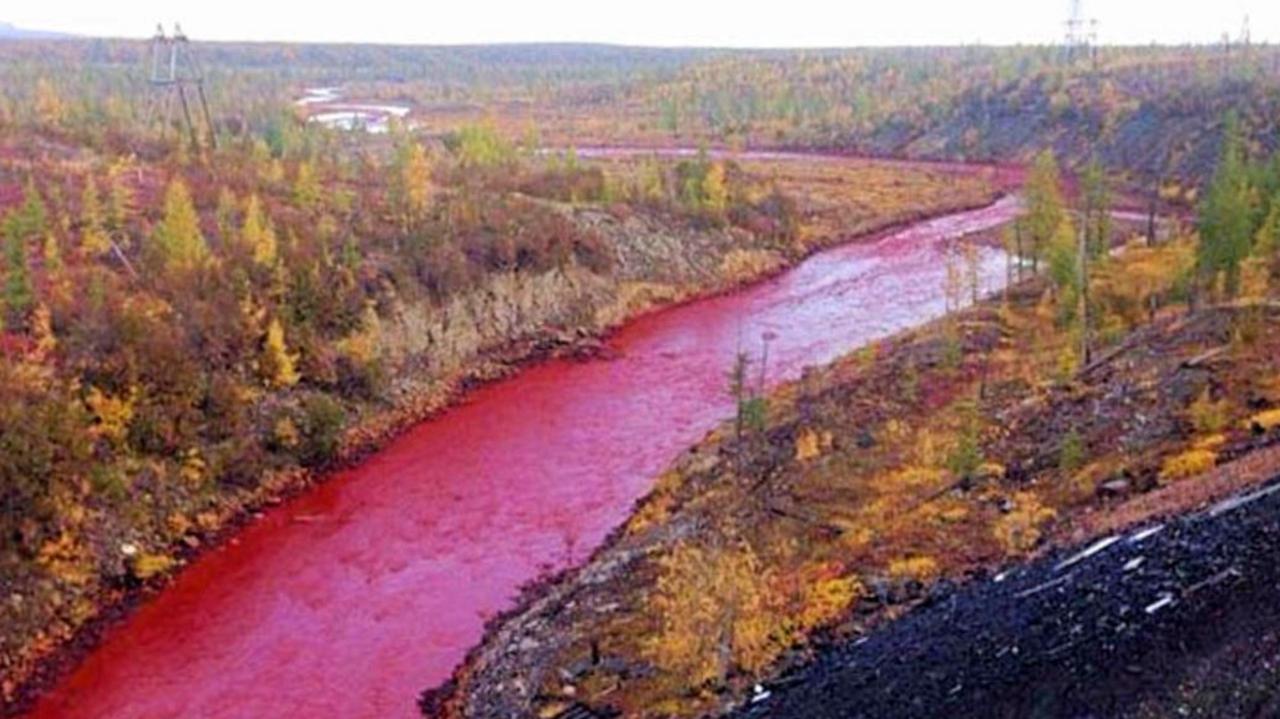
“However, environmental monitoring around the river and adjoined production facilities of the company is being held, including helicopter flights.”
On June 3, 2020, the Ambarnaya River outside Norilsk also turned blood red following a massive diesel spill caused by a subsidiary of Norilsk Nickel.
The spill of more than 20,000 tonnes of diesel into the river after the collapse of a fuel reservoir at a power plant led Russian President Vladimir Putin to declare a state of emergency and criticise the subsidiary company.
More than six weeks of darkness
On top of the toxic pollution, Norilsk’s location in the Arctic permafrost, means the city experiences 45 days of continuous darkness each year. In contrast, in the summer the sun doesn’t set for 65 days.
For about two-thirds of the year, the city and its surroundings are covered in snow.
The average temperature in Norilsk in January is -30C, although it has reached a chilling record low of -53.1C before.
So-called “polar T3 syndrome” is common. This is caused by a lack of sunshine and can result in forgetfulness, mood swings and cognitive impairment.
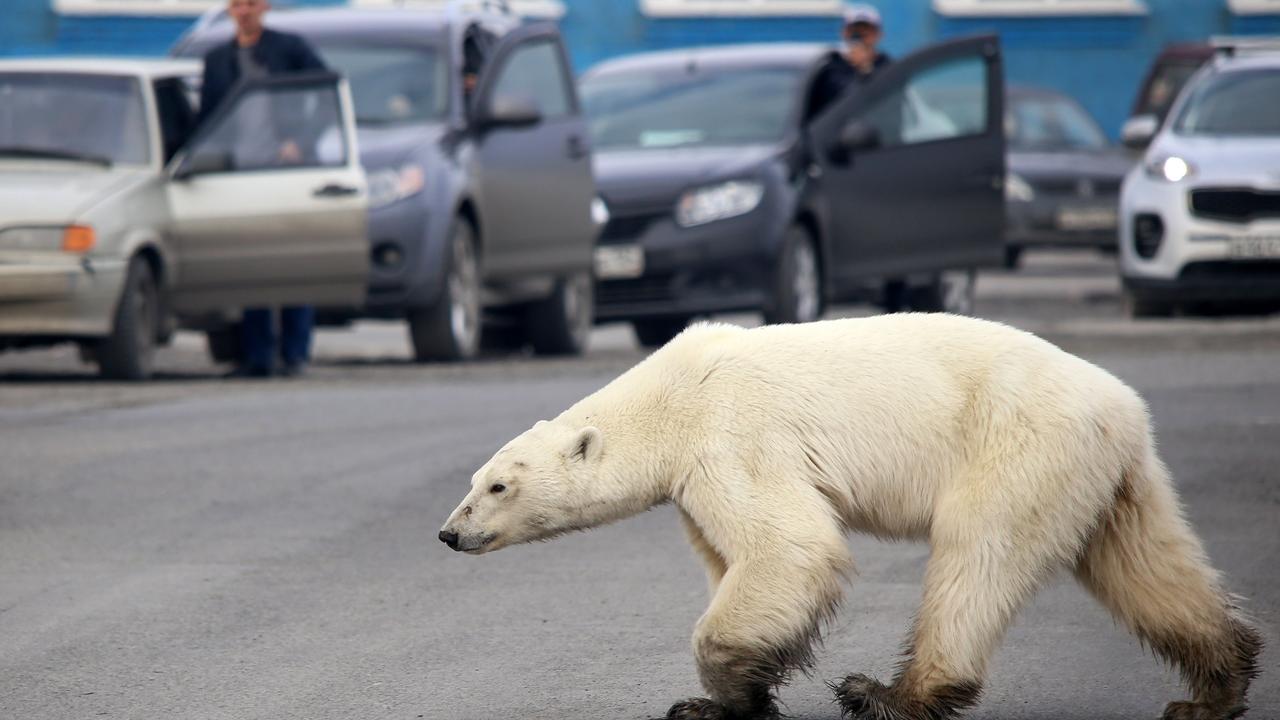
It may be baffling to some that anyone would want to live in Norilsk, though there is a good reason why so many do.
Workers at Norilsk Nickel can earn more than $1400 a month, $350 more than the national average of around $1050.
The President is also unlikely to step in any time soon, given that the company produces an astonishing 2 per cent of Russia’s entire GDP.
The company is owned by Putin ally Vladimir Potanin, and one former investor was oligarch Roman Abramovich.
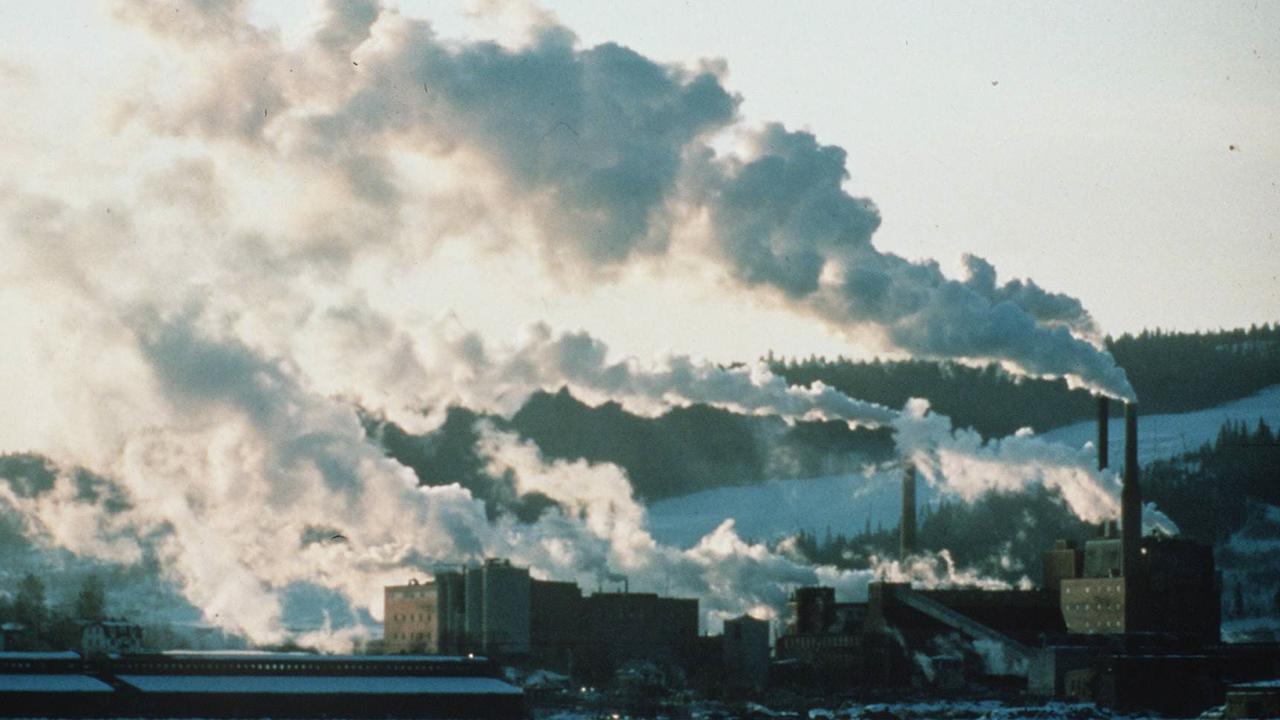
However, the ex-Chelsea FC owner sold his 1.7 per cent stake in Norilsk Nickel in March 2019 for $780 million.
The company says it is trying to cut pollution levels, and in 2017, announced a $25 billion investment in a new major development program.
This ambitious plan aimed to cut sulphur dioxide emissions in and around Norilsk by 75 per cent by the year 2023.
However, it isn’t clear whether this target is still achievable following the huge disruption caused by the Covid pandemic and Russia’s war in Ukraine.
This story originally appeared on The Sun and was reproduced here with permission





